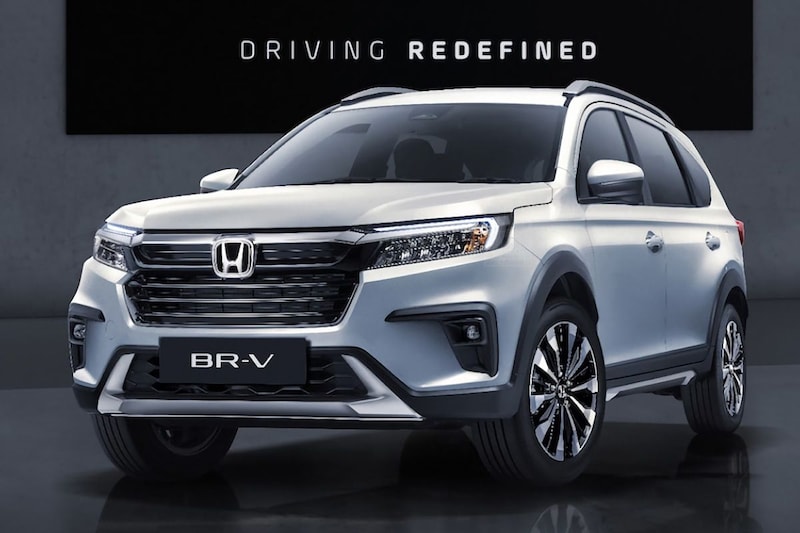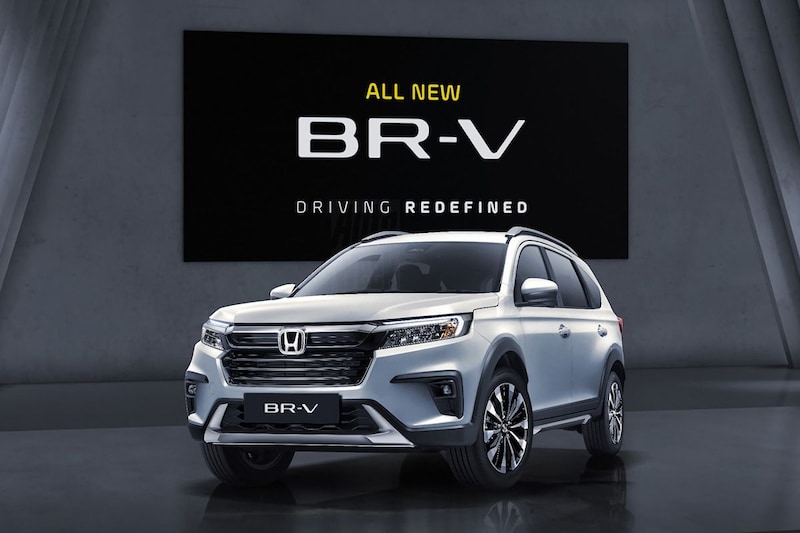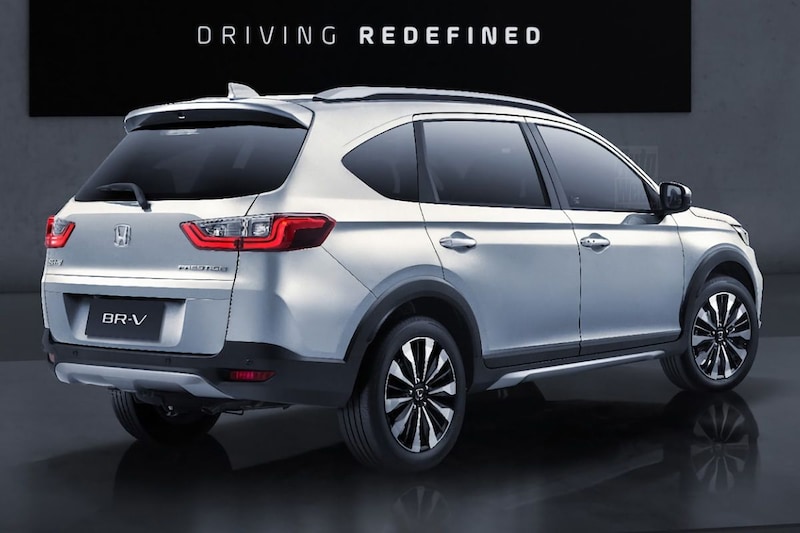While outgoing Minister of Finance Wobke Hoekstra brought his briefcase with documents important to the Netherlands to the king, Honda in Indonesia pulled the curtain on a novelty that has no relevance to the Netherlands. We are of course talking about the brand new BR-V.
In the Netherlands we know the HR-V and CR-V, but Honda has many other crossovers and SUVs for sale far outside our country. We mention the Pilot and WR-V, but the BR-V has also been given asphalt under its wheels through the official channels. Is that a sin? Perhaps. The first generation BR-V presented in 2016 is a smart and sensible SUV-like with the necessary MPV influences. It is a 4.45 meter short space giant on the relatively cheap platform of the previous generations Brio and Amaze, but one that can accommodate seven occupants. In Europe we knew a model with a similar philosophy to the Daihatsu Gran Move presented in the 1990s based on the Charade, although there was no seven-seater. The sober BR-V launched in 2015 and facelifted in 2019 is now being followed up in a completely new second generation.
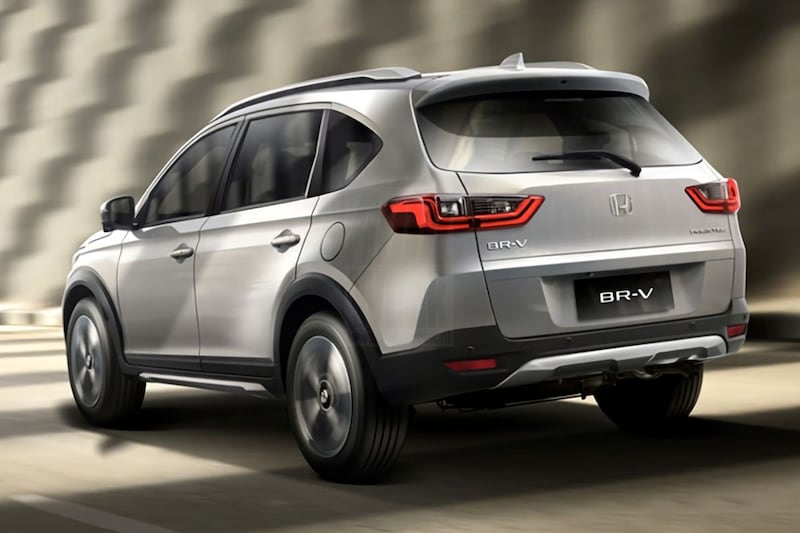
Honda BR-V
The new BR-V is the production version of the N7X Concept, presented in Indonesia in the middle of this year, a study model whose flashy name for something less slick as New 7-seater andXcitation stood. Does that affect the new BR-V? Well, it looks with its new coach with, among other things, an upright coach and less busy lines larded coach, namely a lot more like a ‘small CR-V’. Just like its predecessor, the new BR-V has relatively large windows and that of course provides a lot of view, both for the passengers and the driver. Depending on the version chosen, the new BR-V has LED headlights, which are visually connected by what Honda calls the Solid Wing Face. The chrome strip on the muzzle. While the headlights together form more of a whole, Honda cuts the taillights tied together with a chrome strip on the previous model from each other. We also find less frills around the wheel arches. Although the new BR-V is also equipped with plastic wheel arch edges and black plastic in the bumpers, there are fewer flaps and corners in it than with the previous BR-V.
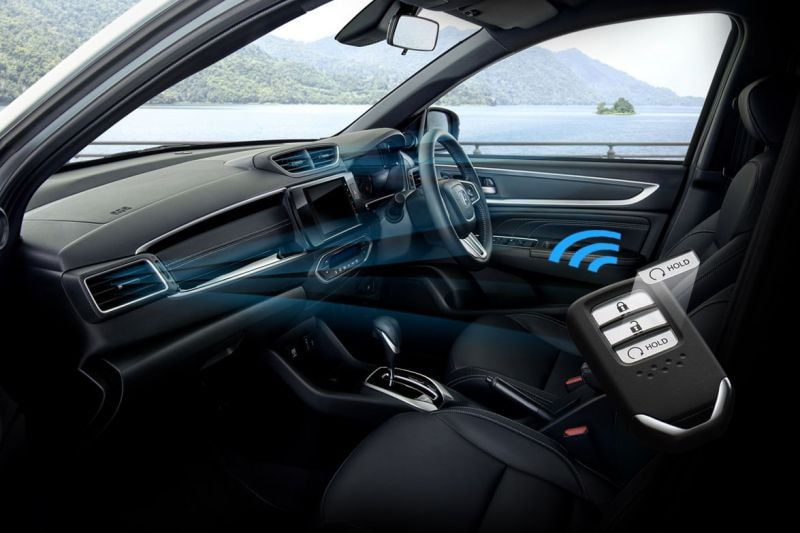
Honda BR-V
The interior is of course also completely new, although it does not look earth-shatteringly different from that of the previous BR-V. Again we find ventilation grilles placed relatively high at the top of the dashboard with an infotainment screen below. Another floor lower is the climate control, as with the outgoing model. For the BR-V, Honda is bringing new systems such as LaneWatch and Smart Entry and Walk-Away Auto Lock to the car, so the Honda is also improving in terms of gadgets. Honda also supplies together as an active lane assistant, automatic high beam and adaptive cruise control on the BR-V. The BR-V is always equipped with a 121 hp and 145 Nm strong 1.5, a four-cylinder i-VTEC petrol engine that is linked to a CVT transmission, although a manual gearbox is also available. We aim to hide the base of the younger Brio and Amaze under the skin, but Honda itself says nothing about this.
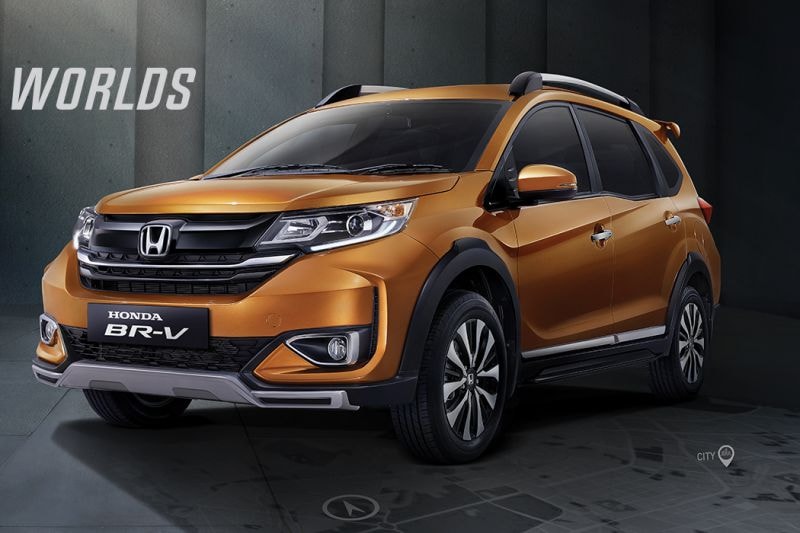
Honda BR-V (first generation, facelift, 2019)
The new BR-V will of course not come to Europe. Is that a loss? We are looking forward to your reactions. In Southeast Asia, the BR-V has to compete with cars like the Daihatsu Terios and Toyota Rush
– Thanks for information from Techzle.nl
